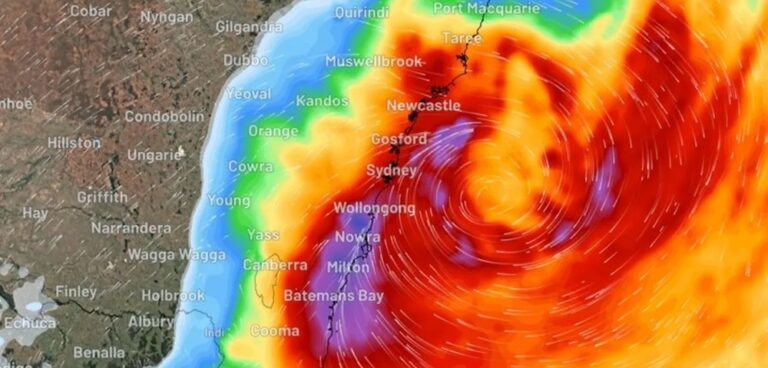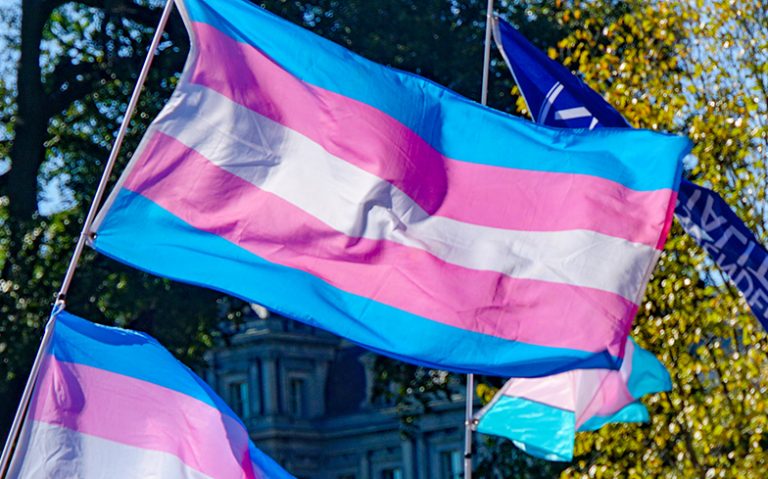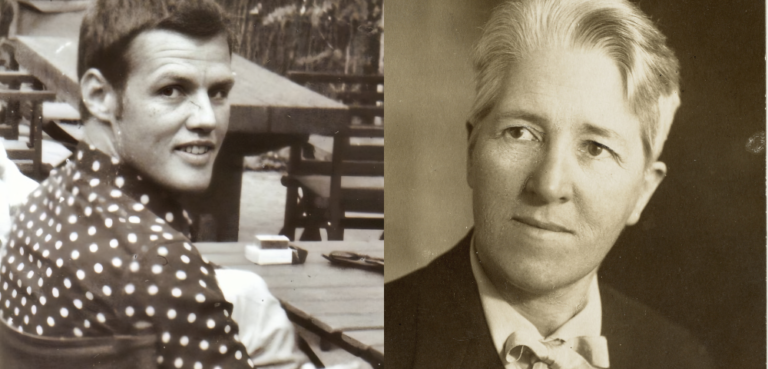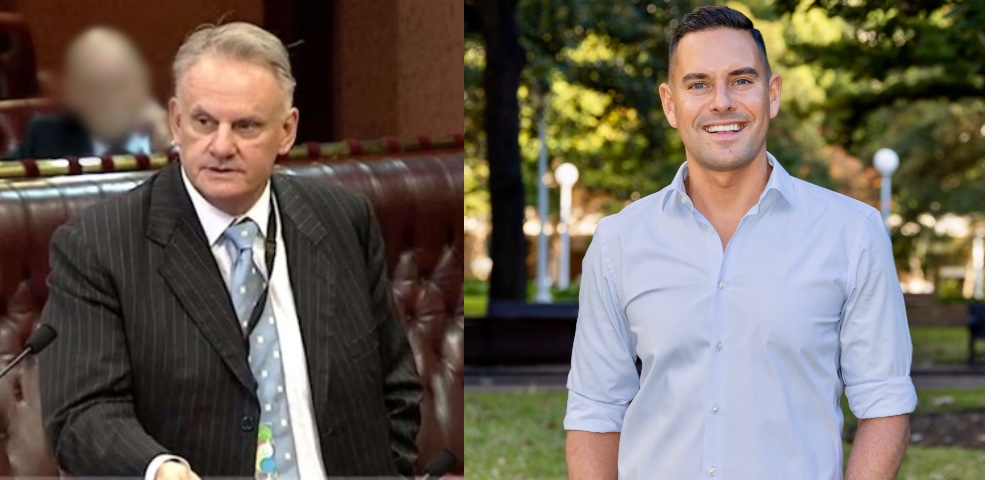
Clover’s got the power
Lord Mayor Clover Moore has unveiled the City’s master plan to wean itself off coal-fired electricity to combat greenhouse gas emissions and rising electricity bills.
The interim plan, released last week, calls for a “decentralised” power network based on trigeneration energy systems that could provide the city with low-carbon electricity.
Under the plan, 15 “low carbon zones” have been identified in and around the city where 15 trigen engines will be installed to provide the city with 70 per cent of its energy needs by 2030.
Lord Mayor Clover Moore said overcoming centralised coal-fire power was the greatest single contribution the City could make to reduce greenhouse emissions.
“Our goal is to produce 100 per cent of Sydney’s energy needs locally, through a more sustainable, renewable technology and we plan to do that by 2030,” she said.
The plan estimates it will cut greenhouse emissions by 40 to 60 per cent by running on natural or renewable gases that also generate heat and cold and utilise waste.
According to a report commissioned by Council, the switch could save the State Government from spending up to $1.5 billon on new infrastructure for transporting electricity from coal-fired plants.
Ms Moore said a network of efficient trigeneration systems provides effective action now.
“At present 80 per cent of emissions in the city come from centralised coal-fired power generation. It’s polluting and extremely wasteful,” she said.
“A co-ordinated network of trigeneration is practical, it is desirable and indeed is achievable.”
The report estimates the cost of the project at $950 million over 20 years with sound commercial return on investment between 10 and 20 per cent.
City of Sydney’s Chief Development Officer, Energy and Climate Change Allan Jones said trigeneration is highly efficient and cost effective.
“This is how you decarbonise the city,” he said.
“This isn’t something we can sit back and wait for the state and federal governments to do.”
According to the report by the Institute of Sustainable Futures at the University of Technology, it estimates trigeneration will lower household electricity bills and significantly reduce greenhouse emissions in the local government area.
The report estimates there is potential to save $200 million in additional costs to upgrade the current electricity network before 2020.
It further estimates the power generated in the city would offset $500 million worth of energy the state and federal government proposed to generate at two new coal-fire stations.
Work on the network is planned to begin within the next two years, with Sydney set to be the first Australian city to make the switch.
By Sophie Cousins









